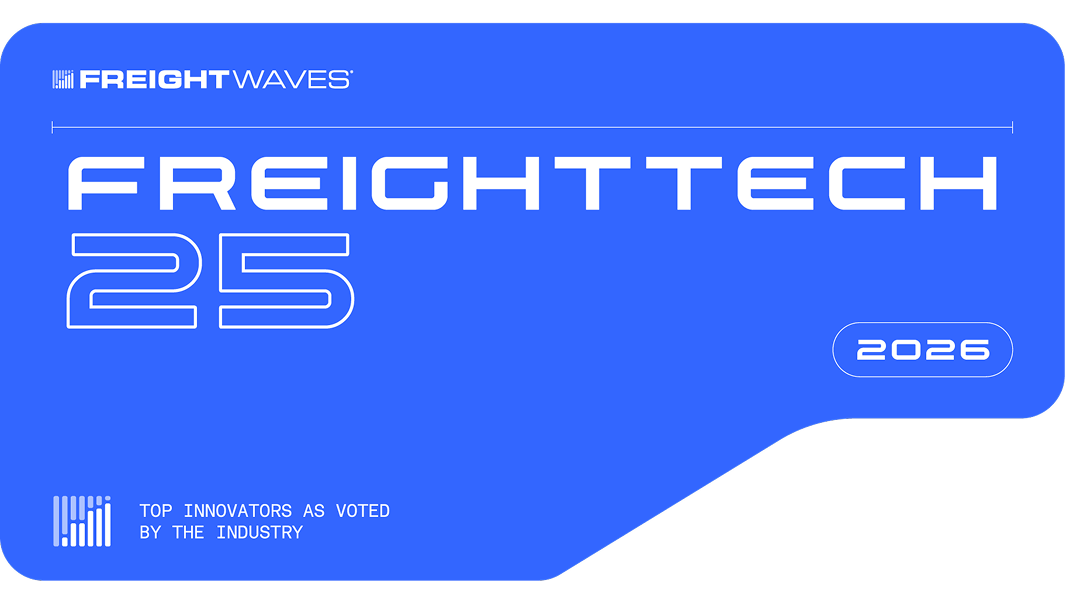
Dr. Reza Ahmadi
Tech Lead, Planning & Prediction
AI-driven autonomy is poised to revolutionize transportation logistics – it’s a bold vision, but entirely within our reach. In fact, autonomous vehicles that promise to transform our daily lives are already here. With a 100% safety record, innovations in machine learning, and advanced robotics, Gatik has transformed middle mile logistics. It’s a reality that once only existed in imagination.
As a child growing up in Iran, I was fascinated by science fiction novels. While other kids were enamored with famous athletes or actors, my heroes were authors like Jules Verne, Isaac Asimov, and Arthur C. Clark. I loved getting drawn into those vivid visions of what the future may hold and would often escape into my own imagination of possibilities. I was particularly intrigued by how technology could radically transform our lives. This idea that robotics could provide an entirely better quality of life; it captivated me, and it inspired a lifelong passion to turn these fictions into realities.
This passion guided my academic journey. Eager to transform science fiction into science fact, I pursued higher education across the globe. I earned my master’s degree in the United States, and then my doctorate as a Clarendon Scholar at the University of Oxford, specializing in Engineering Science (Robotics). From there I returned to the United States to conduct my postdoc fellowship at the University of Texas, Austin, and then at the California Institute of Technology (Caltech) in Pasadena, CA. It was at Caltech that I became one of the first researchers at the Center for Autonomous Systems and Technologies (CAST).
My tenure at CAST was transformative, turning the fantastical visions of science fiction into tangible reality. During this period, I honed safety-critical and risk-aware AI planning techniques tailored for robotics, specifically focusing on applications in bipedal and heterogeneous robots. This initiative, supported by Raytheon Technologies, set the stage for our team’s participation in the DARPA Subterranean Challenge. In this competition, we were tasked with developing methods that allowed Boston Dynamics’ Spot robot to autonomously navigate the labyrinthine complexities of underground environments. This competition helped to highlight the possibilities and challenges that autonomous robotics presented. Subterranean environments are inherently more difficult to develop for than the autonomous vehicle environments most people think of today. But we proved it was possible; that autonomy could be developed for the most challenging of environments.
It was that proof of concept that captured the attention of NASA. At NASA’s Jet Propulsion Laboratory, I was involved in developing algorithms for Mars rover navigation, where my efforts contributed to the enhancement of rover autonomy and efficiency in extraterrestrial environments. The thrill of watching the rovers in action on Mars was unparalleled, but I felt compelled to address more terrestrial challenges – those affecting our everyday lives.
By the end of 2020, I had joined TuSimple, an innovator in autonomous trucking, where I played a crucial role in developing algorithms for the first driverless semi-truck to navigate public roads without a human driver. The transformation of transportation had begun, but I was eager to see its tangible impact in the real world.
The real challenge in making a driverless vehicle is not just the underlying technology but also achieving effective commercialization. While plenty of developers have proven the technology is viable, without market penetration these vehicles will continue to be absent from our daily lives. Gatik’s approach to the operational design domain (ODD) is unique, as it is more narrowly defined and constrained compared to others in the industry. This targeted focus was precisely the opportunity I was seeking.
By focusing on known, repeatable routes from the start, Gatik successfully commercialized middle-mile autonomous transportation ahead of the competition. Our fleet of Level-4 capable autonomous trucks are not merely a research exercise; they’re already making revenue-generating deliveries for our customers – including Walmart, Kroger and Loblaws. We’ve proven the benefits that these vehicles can provide to our customers and the communities that they serve.
Gatik focuses on middle mile transportation, a part of the supply chain that’s been ripe for improvement. Through the use of carefully designed autonomous systems, Gatik is improving efficiencies and significantly reducing costs in the middle mile. Gatik’s approach reduces real-world technical challenges (pre-defined routes and limited maneuverability in autonomous vehicles), simplifies AI deployment (easy-to-train micro-models), and boosts system efficiency (low data requirements and hyper-optimization of micro-models). Rather than adopting generic AI models, Gatik customizes its algorithms to suit the unique challenges of middle-mile logistics, such as frequent stops, varied road conditions, and time-sensitive deliveries. This domain expertise allows Gatik to optimize its systems for maximum reliability and performance in real-world scenarios.

The integration of autonomous vehicles into daily life fundamentally revolves around enhanced safety standards. At Gatik, our goal isn’t merely to match human driving capabilities but to exceed them, establishing a new benchmark in vehicular safety. It’s a real challenge, but one that I believe is completely attainable. It’s what I strive for every day, leading Gatik’s Prediction and Planning team.
Prediction and Planning are at the heart of the challenges presented by autonomous robotics. How can we accurately understand our environment, anticipate the numerous variables within it, and take the safest course of action in real-time? Our service relies on known, repeatable routes between distribution centers, hubs, and retail locations.
At Gatik, we take an AI-first hybrid approach involving state-of-the-art machine learning techniques to capture nuances of driving at scale, classical robotics-based fallbacks as well as validation systems that prioritize safety at all times. Driving on known, predictable routes allows for Gatik’s autonomous vehicle system to be hyper-tuned to the characteristics of a given operating environment, its nuances and local risks, all while being scalable across a diverse array of operating domains. The combined benefit of these approaches is that safety validation is achieved in relatively shorter time frames, enabling us to deploy trucks in a significant number of markets with multiple customers, all while maintaining a flawless safety record.
As we venture into the next generation of autonomous transport, I am reignited with the same child-like wonder for what’s possible, for a reality as limitless as imagination. We’ve only just begun to see the world that autonomy and advanced robotics can deliver. It will change our lives for the better, and I can’t wait to help create what comes next. Do you want to be a part of it?
About Gatik
Gatik AI Inc., the leader in autonomous middle-mile logistics, is revolutionizing B2B supply chains by enabling safe, consistent, high-frequency freight movement. Gatik’s AI-Driven Autonomy is transforming short-haul logistics for Fortune 500 retailers, and in 2021 the company launched the world’s first driverless commercial transportation service with Walmart. Gatik’s medium-duty autonomous trucks are commercially deployed in multiple markets including Texas, Arkansas, Arizona, and Ontario. Gatik partners with industry leaders including Isuzu Motors, NVIDIA, Cummins, Ryder, and Goodyear. Founded in 2017 by veterans of the autonomous technology industry, the company has offices in Mountain View, Dallas-Fort Worth, Phoenix and Toronto.
Safe Harbor Statement
This article or press release contains forward-looking statements, including but not limited to, statements regarding future business strategies, plans, objectives, and anticipated performance. These forward-looking statements are based on the current expectations and beliefs of Gatik and are subject to various risks, uncertainties, and assumptions that could cause actual results to differ materially from those expressed or implied in such statements.
Factors that could impact these forward-looking statements include, but are not limited to, changes in market conditions, economic factors, competitive dynamics, regulatory developments, and unforeseen operational challenges. Gatik undertakes no obligation to update or revise any forward-looking statements to reflect new information, future events, or otherwise, except as required by law.
Readers are cautioned not to place undue reliance on these forward-looking statements, which speak only as of the date of this release.


